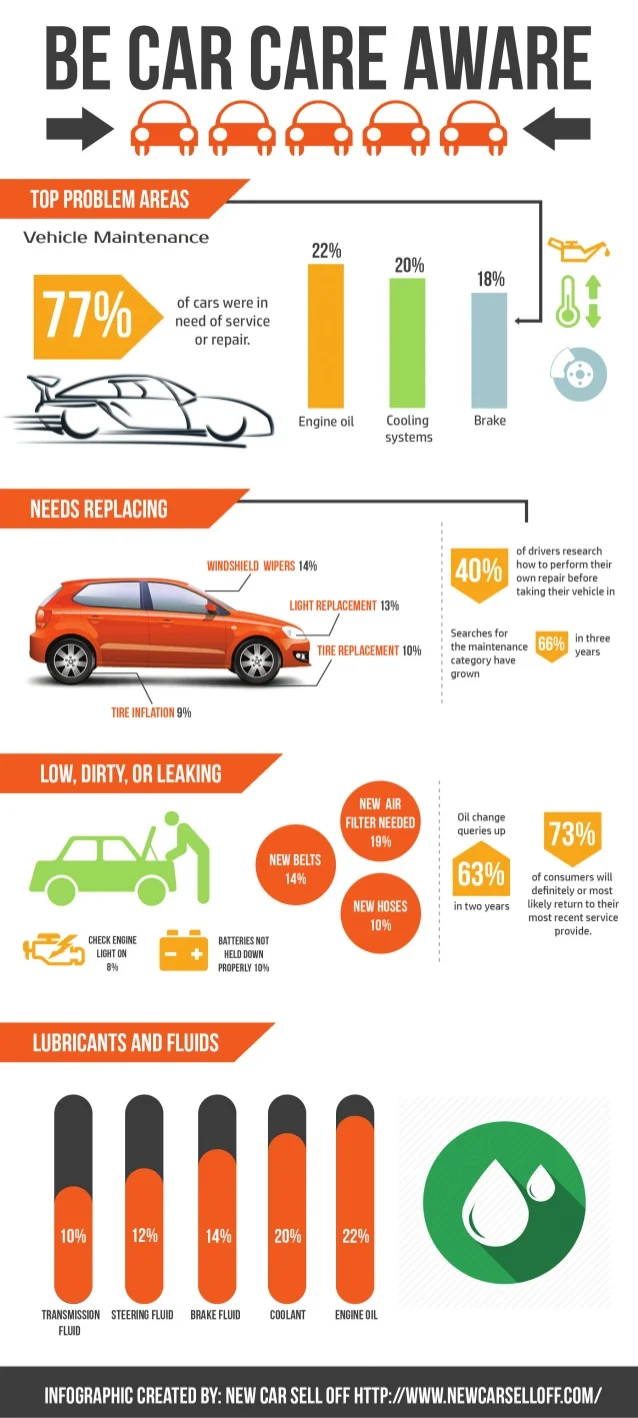Assessing Your Car'S Caution Indicators: What They Truly Communicate
Assessing Your Car'S Caution Indicators: What They Truly Communicate
Blog Article
Web Content By-Vinson Forbes
When you're behind the wheel, those glowing caution lights on your dashboard can be a bit puzzling. Do you know what they're attempting to inform you regarding your automobile's health and wellness? Understanding the importance of these lights is crucial for your security and the durability of your lorry. So, Click To See More following time among those lights turns up, wouldn't you want to decode its message precisely and take the essential actions to resolve it?
Common Warning Lighting and Interpretations
Identify usual warning lights in your cars and truck and understand their definitions to ensure risk-free driving.
One of the most typical caution lights consist of the check engine light, which signals problems with the engine or exhausts system. If this light comes on, it's essential to have your automobile checked without delay.
The oil stress advising light shows reduced oil pressure, calling for immediate focus to avoid engine damages.
A blinking battery light might suggest a defective billing system, possibly leaving you stranded if not attended to.
The tire pressure surveillance system (TPMS) light notifies you to reduced tire pressure, affecting vehicle security and gas performance. Overlooking this might result in harmful driving problems.
The abdominal light shows an issue with the anti-lock stopping system, compromising your capability to quit swiftly in emergency situations.
Finally, the coolant temperature warning light warns of engine overheating, which can result in serious damage otherwise fixed quickly.
Understanding these typical caution lights will aid you deal with problems promptly and preserve risk-free driving conditions.
Relevance of Prompt Interest
Recognizing the typical caution lights in your automobile is only the initial step; the significance of promptly dealing with these cautions can not be emphasized sufficient to guarantee your security when driving.
When a warning light illuminates on your dashboard, it's your vehicle's method of interacting a prospective issue that requires focus. Neglecting these warnings can cause much more serious troubles later on, jeopardizing your safety and security and possibly costing you much more out of commission.
https://gephardtdaily.com/sponsored/customers-rate-jones-complete-car-care-most-honest-reliable-auto-repair-tire-service-shops-in-taylorsville-millcreek-clearfield/ to cautioning lights can stop malfunctions and crashes. As an example, a blinking check engine light can show a misfire that, if left ignored, can cause damages to the catalytic converter. Addressing this quickly can conserve you from an expensive repair work.
Similarly, a brake system advising light could signify reduced brake fluid or used brake pads, crucial elements for your safety when driving.
Do It Yourself Troubleshooting Tips
If you notice a caution light on your control panel, there are a few DIY fixing pointers you can try prior to seeking professional help.
The first step is to consult your vehicle's guidebook to understand what the particular warning light indicates. Occasionally the concern can be as straightforward as a loose gas cap setting off the check engine light. Tightening up the gas cap might deal with the problem.
An additional common problem is a low battery, which can activate numerous alerting lights. Inspecting the battery connections for corrosion and ensuring they're safe may deal with the issue.
If a caution light lingers, you can attempt resetting it by disconnecting the cars and truck's battery for a few minutes and after that reconnecting it. Additionally, inspecting your automobile's liquid degrees, such as oil, coolant, and brake fluid, can help troubleshoot cautioning lights associated with these systems.
Verdict
In conclusion, comprehending your auto's caution lights is vital for keeping your lorry running smoothly and securely. By promptly addressing these notifies and knowing what they imply, you can avoid costly repair work and prospective failures.
Keep in mind to consult your automobile's manual for certain information on each cautioning light and do something about it accordingly to make certain a hassle-free driving experience.
Keep notified, stay secure on the road!
